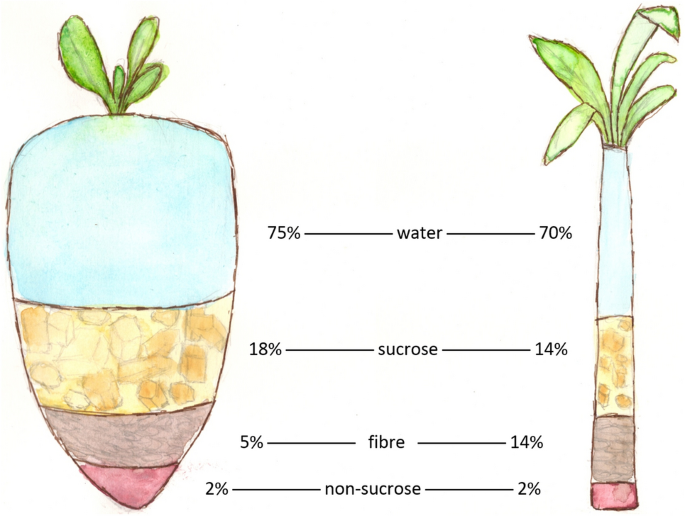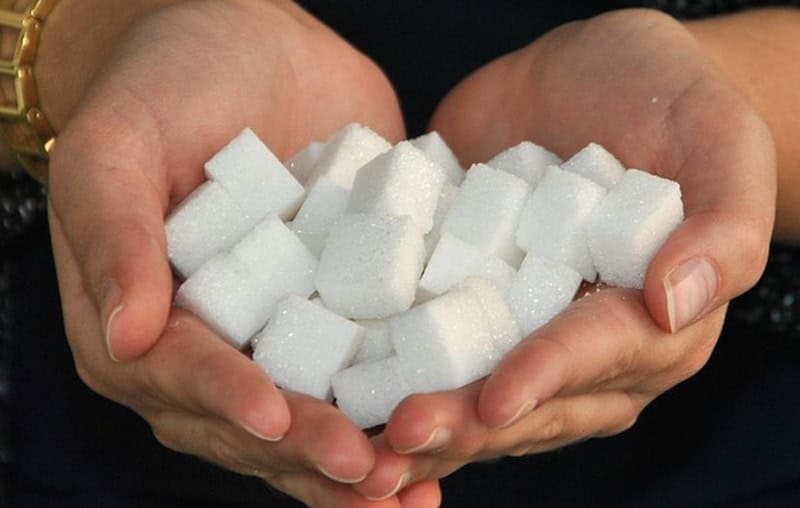When considering beet sugar vs cane sugar, some prefer one for recipes while others use the alternative.
When considering beet sugar vs cane sugar, some prefer one for recipes while others use the alternative.
Blog Article
Discover the Uses and Conveniences of Beet Sugar Vs Cane Sugar in Your Daily Diet Regimen
Exploring the distinctive high qualities of beet and cane sugar reveals more than just their sweetening abilities; it highlights their one-of-a-kind impacts on health and wellness and cooking arts. Beet sugar, understood for its subtle taste, is frequently preferred in fragile desserts, whereas cane sugar, with its tip of molasses, adds splendor to robust dishes. Each type holds its very own nutritional profile and glycemic effects, inviting a much deeper understanding of their functions in a balanced diet regimen and sustainable intake methods.
Origin and Manufacturing Processes of Beet and Cane Sugar

The distinct environments and soil kinds needed for growing sugar beetroots and sugarcane add to distinctions in their growing methods and geographic distribution, affecting the economics and sustainability of their manufacturing. beet sugar vs cane sugar.
Nutritional Contrast Between Beet Sugar and Cane Sugar
In spite of stemming from different plants, beet sugar and cane sugar are nutritionally extremely similar, both primarily containing sucrose. Each supplies concerning 4 calories per gram, equating to approximately 16 calories per tsp. Structurally, both sugars are made up of roughly 99.95% sucrose, with marginal quantities of other materials like wetness and trace element, which do not significantly change their nutritional accounts.

Inevitably, when picking in between beet sugar and cane sugar based upon nutritional content alone, both offer similar benefits and disadvantages as they are essentially kinds of the same particle-- sucrose, supplying quick power without various other nutrients.
Impact on Health And Wellness: Glycemic Index and Caloric Material
Discovering even more into the results of beet sugar and cane sugar on health and wellness, it is important to consider their glycemic index and calorie web content. The glycemic index (GI) of both beet and cane sugar is around 65, classifying them as high-GI foods, which can trigger quick spikes in blood glucose degrees.
Each kind of sugar has around 4 web link calories per gram, making their calorie material equivalent. For those monitoring calorie intake, specifically when managing weight or metabolic health conditions, recognizing this equivalence is vital (beet sugar vs cane sugar). Extreme usage of any type of high-calorie, high-GI food can add to wellness issues such look at this web-site as excessive weight, heart illness, and insulin resistance.
Environmental and Economic Considerations of Sugar Manufacturing
Beyond health and wellness influences, the production of beet and cane sugar also raises considerable ecological and economic worries. Sugar beet growing often tends to call for cooler environments and has a lower geographical footprint compared to sugar cane, which thrives in exotic areas. Both plants are extensive in terms of water usage and land profession, potentially leading to logging and water shortage. Economically, the global sugar market is extremely unpredictable, affected by modifications in worldwide trade plans and subsidies. Many nations incentivize sugar production via financial support, skewing market value and impacting small-scale farmers adversely.
Furthermore, the use of pesticides and plant foods in both beet and cane sugar farming can result in soil deterioration and contamination, further impacting biodiversity and neighborhood water bodies (beet sugar vs cane sugar). The choice between growing sugar beet or cane typically depends upon neighborhood environmental problems and financial elements, making the sustainability of sugar production a complicated concern
Culinary Applications and Flavor Differences
While the ecological and economic aspects of sugar production are undoubtedly significant, the option in between beet and cane sugar additionally affects culinary applications and taste profiles. Beet sugar, stemmed from the sugar beet plant, is understood for its incredibly neutral taste. This makes it a versatile ingredient in cooking, where it does not change the flavor of other parts. It liquifies quickly and is excellent for usage in cakes, cookies, and pastries.
Walking Extra resources stick sugar, removed from sugarcane, frequently preserves molasses traces, which impart a distinct richness and depth. This slight molasses taste boosts the intricacy of baked items, sauces, and marinates. It is specifically favored in items where a sugar touch is wanted, such as in brownies or gingerbread. The mild variant in dampness content between beet and cane sugar can influence the texture and consistency of meals, making cane sugar a recommended selection for details dishes that profit from its one-of-a-kind buildings.

Conclusion
To conclude, both beet and cane sugar have distinct beginnings and manufacturing procedures, supplying similar dietary profiles with small distinctions in sodium web content and taste. While their effect on health, especially pertaining to glycemic index and calories, is comparable, the option in between them usually comes down to environmental, economic aspects, and details cooking demands. Understanding these facets can guide customers in making informed decisions that straighten with their wellness objectives and taste preferences.
Report this page